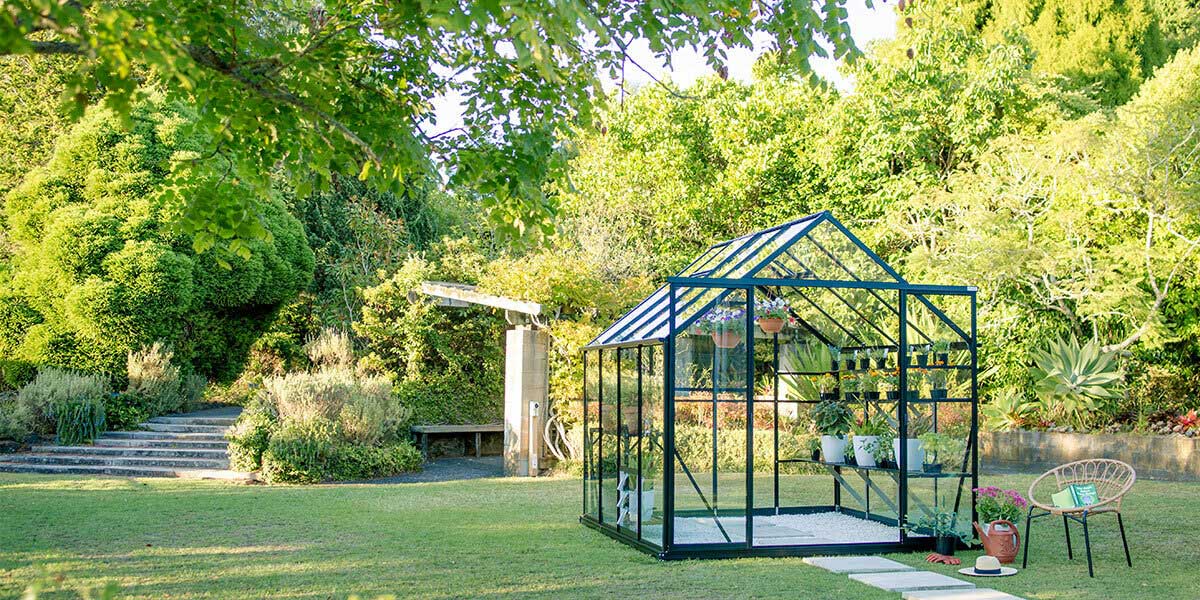As the world continues to face the challenges of climate change and urbanization, the need for sustainable living solutions becomes increasingly important. Architectural greenhouses are emerging as a innovative way to integrate nature into urban environments, creating spaces that not only look beautiful but also promote sustainability and well-being. If you are looking for more information about architectural greenhouse, you can visit this site.
The Benefits of Architectural Greenhouses
1. Sustainable Design
- Architectural greenhouses are designed to minimize their environmental impact by incorporating sustainable materials and energy-efficient technologies.
- They often use renewable energy sources such as solar panels to power lighting and heating systems, reducing reliance on non-renewable resources.
- Greenhouses also help reduce carbon footprint by promoting plant growth, which absorbs carbon dioxide from the atmosphere.
2. Improved Indoor Air Quality
- The presence of plants in architectural greenhouses helps improve indoor air quality by filtering out pollutants and releasing oxygen.
- This has been shown to have positive effects on occupants' health and well-being, leading to increased productivity and creativity.
Integration of Nature in Urban Spaces
1. Biophilic Design
- Architectural greenhouses embrace biophilic design principles, which seek to connect occupants with nature in built environments.
- By incorporating natural elements such as plants, water features, and natural light, greenhouses create a sense of tranquility and harmony in urban settings.
2. Urban Agriculture
- Architectural greenhouses provide opportunities for urban agriculture, allowing residents to grow their own food in a sustainable and self-sufficient manner.
- This promotes food security, reduces food miles, and encourages a closer connection to the food production process.
Innovative Greenhouse Designs
1. Vertical Greenhouses
- Vertical greenhouses maximize space efficiency by stacking planting beds vertically, making them ideal for dense urban areas with limited land availability.
- These structures often incorporate automated systems for watering and climate control, making them low-maintenance and highly productive.
2. Geodesic Domes
- Geodesic domes are spherical structures that provide ample natural light and ventilation, creating optimal growing conditions for plants.
- These eye-catching designs are not only aesthetically pleasing but also energy-efficient, requiring minimal heating and cooling due to their shape.
Conclusion
Architectural greenhouses represent a promising future for sustainable living in urban spaces. By integrating nature, promoting sustainability, and fostering community engagement, these structures offer a holistic approach to addressing the challenges of urbanization and climate change. As more architects, designers, and city planners embrace the principles of biophilic design and urban agriculture, we can expect to see a rise in the number of architectural greenhouses transforming our cities into vibrant, green oases.
